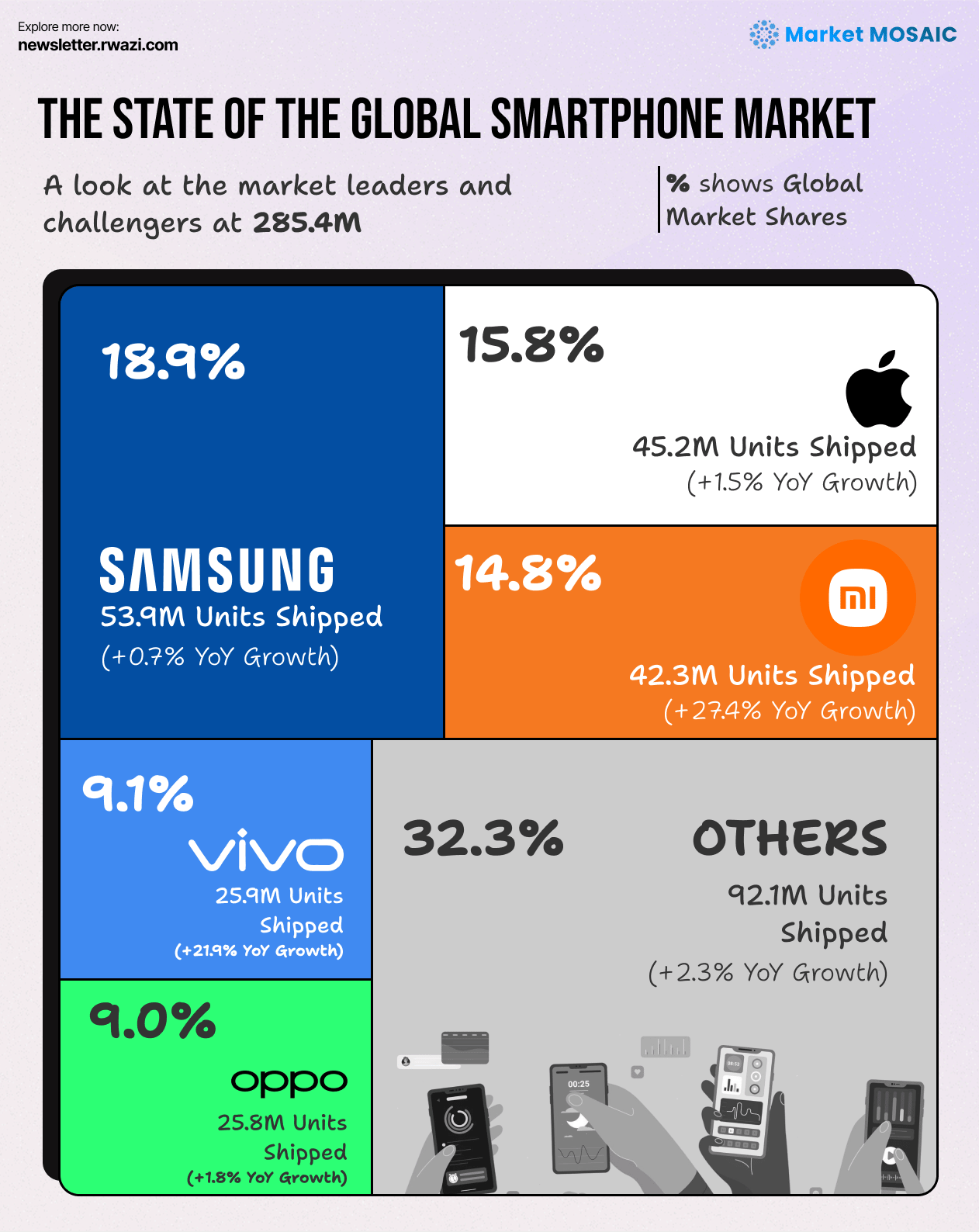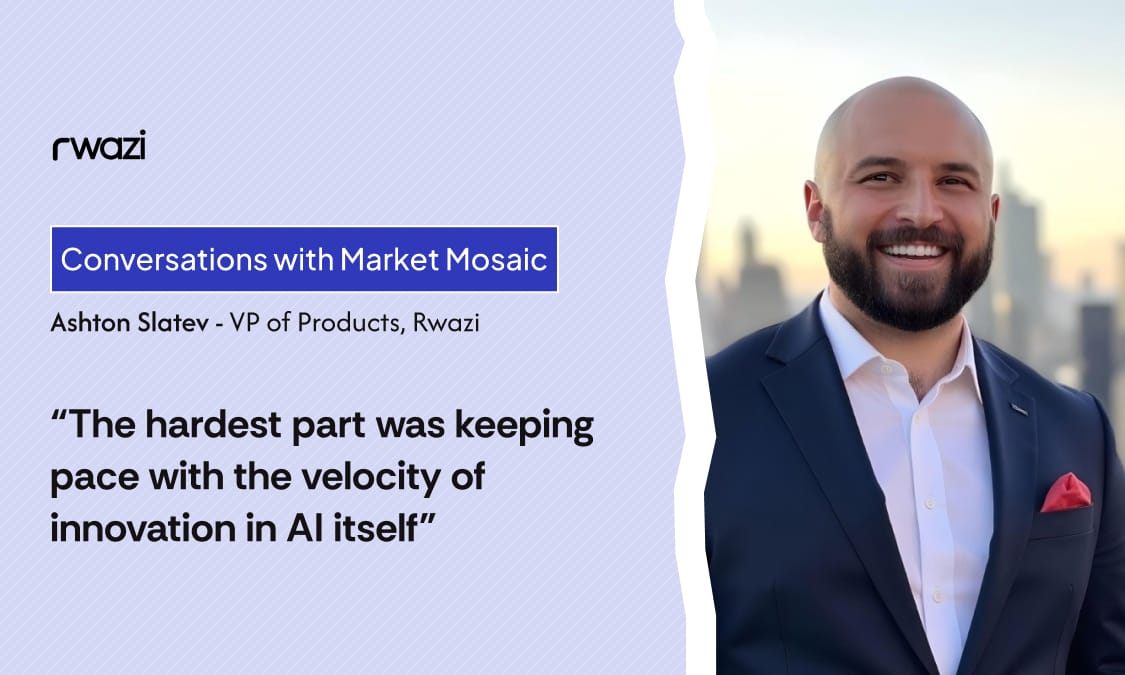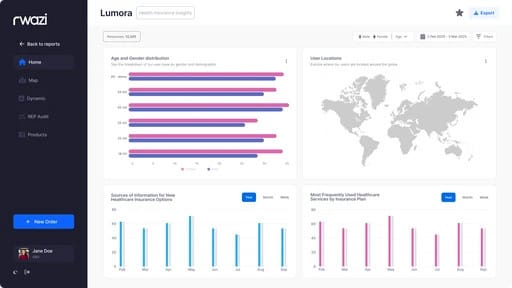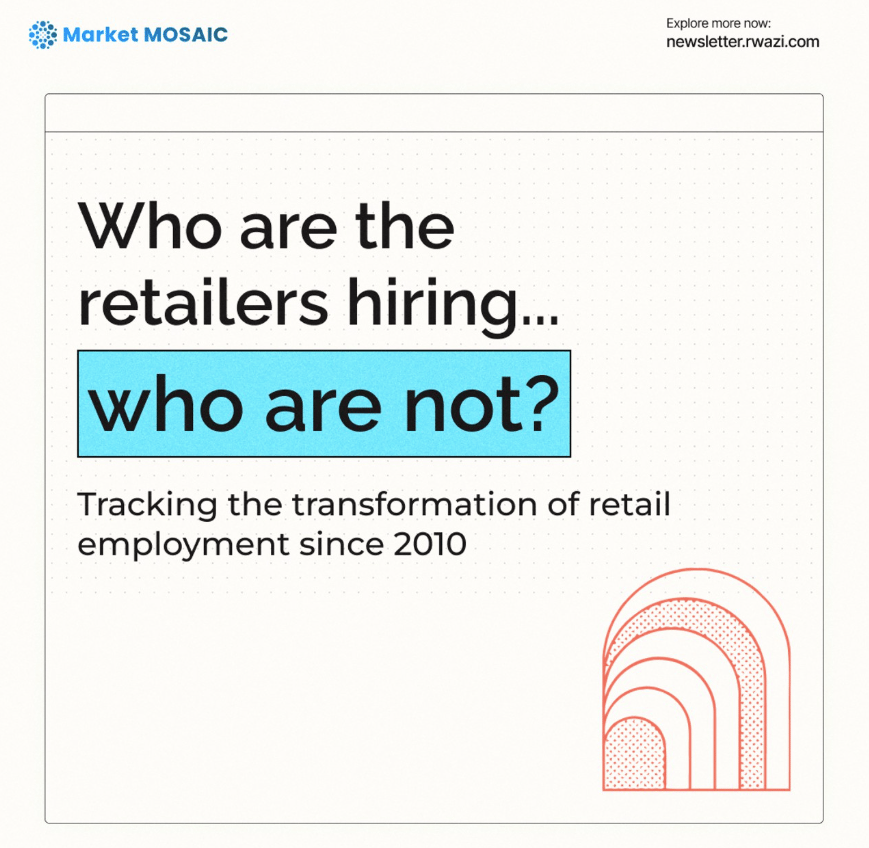
Welcome to Market Mosaic, where, in this week's edition, we explore the 27.4% growth story behind Xiaomi's smartphone surge and dive deep into why U.S. financial markets outpaced global GDP growth by 97 percentage points.
Plus, we also show how India's massive logistics expansion is challenging consumer delivery expectations worldwide.
— Insights Team, Rwazi
In our edition this week:
Sector Performance Tracker
Technology
Economy
Consumer Universe
Supply Chain

This weekly market snapshot was compiled and analysed by Rwazi Insights
|
TECHNOLOGY On the smartphone wars as consumer loyalty in flux |

Data visualization by Rwazi Insights
The global smartphone market shows fascinating consumer behavior patterns that extend far beyond device preferences. Samsung maintains its global dominance with 18.9% market share across 38 countries, but the real story lies in the dramatic surge of Chinese manufacturers challenging established players.
Xiaomi's remarkable 27.4% year-over-year growth demonstrates how consumers are increasingly prioritizing value propositions over brand prestige. Our data analysis shows a critical consumer insight: brand loyalty in technology is weakening as feature parity increases.
Apple's 1.5% growth, while modest, reflects a stable but maturing customer base willing to pay premium prices for ecosystem integration. Meanwhile, vivo's 21.9% growth indicates that consumers in developing markets are actively seeking alternatives that balance functionality with affordability.
Key Insights
Consumer decision-making in technology has evolved from brand-first to value-first thinking, with emerging market manufacturers capitalizing on this shift to challenge traditional market leaders through superior price-performance ratios.
|
ECONOMY Private markets rise as the U.S financial system restructures |

The transformation of the U.S. financial system reveals profound changes in how consumers and businesses access capital. The 185% growth in debt and equity markets versus 88% global GDP growth shows a shift toward financialization of the economy, directly impacting consumer access to credit and investment opportunities.
The most striking consumer-relevant trend is the dominance shift in mortgage origination, where nonbank share surged from 12% to 75%.
Also, the rise of private equity-backed companies (from 4,900 to 11,800) while public companies declined suggests consumers are increasingly interacting with privately-held businesses rather than publicly-traded entities. This shift impacts everything from workplace benefits to customer service standards, as private equity ownership often prioritises operational efficiency over public market expectations.
Key Insights
The financial system's evolution toward private markets and nonbank lending is creating a more fragmented but potentially more consumer-responsive financial ecosystem, though with increased complexity and varying regulatory protections.
|
CONSUMER UNIVERSE The $4.3 trillion digital services growth |

The global digital services market has reached $4.3 trillion, representing 13.8% of all global trade, a figure that would have been unimaginable just a decade ago.
The composition of this market tells a fascinating consumer story. "Other business services" dominate at 41.2% ($1.8 trillion), indicating that B2B digital transformation is driving much of this growth. However, the consumer-facing segments are equally revealing: computer services at 20.5% ($872 billion) and financial services at 16.0% ($679 billion) show where consumers are most willing to embrace digital-first experiences.
Geographic distribution shows interesting consumer preferences. Europe's 52.4% share of global digital service exports, compared to Asia's 23.8%, suggests European consumers are more receptive to cross-border digital services. The U.S., leading individual country, exports at $649 billion (15.3%) shows both innovation and global consumer trust in U.S. digital platforms.
Key Insights
Digital services have become the new baseline expectation for consumers globally, with the $4.3 trillion market representing just the beginning of a fundamental shift toward digital-first consumer experiences.
|
SUPPLY CHAIN Consumer expectations drive infrastructure in India's ₹22 trillion logistics market |

India's massive ₹20-22 trillion logistics market is now a response to fast-growing consumer expectations in the world's most populous nation. The market's composition shows how consumer behavior is reshaping an entire industry.
Road transport's 74% dominance reflects Indian consumers' demand for last-mile connectivity and flexible delivery options. The industrial warehousing sector's 75% share of the warehouse market (versus 25% agricultural) indicates the shift toward consumer goods distribution rather than traditional commodity storage. This transformation is driven by e-commerce growth and changing consumer shopping patterns.
The relatively small but growing air cargo segment (1%) is positioned for expansion as consumer expectations for fast delivery continue to rise.
Key Insights
India's logistics infrastructure boom is fundamentally consumer-driven, with changing expectations for speed, reliability, and accessibility forcing massive sectoral transformation and creating new opportunities for logistics innovation.
|
📊 MARKET MOSAIC PULSE CHECK |
Given the dramatic shifts we're seeing across industries, what do you think will be the PRIMARY factor driving consumer choices?
|
CONVERSATIONS WITH MARKET MOSAIC Perspectives from our industry leaders buiding and deciding with data |
Meet Ashton Slatev, VP of Product at Rwazi — a leader who's built AI-powered products across healthcare, supply chain, and market intelligence.
In this week's spotlight on AI-driven market intelligence, Ashton shares how the smartest teams are moving beyond static consumer insights to build continuous feedback loops that adapt in real-time.

'
🟣 Market Mosaic: If a product or brand manager has just 30 minutes with you to better understand how to leverage AI for consumer or user insights across different international markets, what's the one thing you would tell them to do?
🟢 Ashton: Most teams treat consumer insights as a one-time input—something you gather at the beginning of a campaign or product cycle. But in a world that’s moving this fast, the real edge comes from building a continuous feedback loop between consumers and your product strategy.
The smartest teams are using AI to not just analyze static datasets, but to dynamically identify gaps in their understanding and trigger new data collection in real time. That shift — from passively analyzing what's already there to actively closing knowledge gaps as they emerge — is what separates reactive teams from truly adaptive ones. It’s how we’ve built Rwazi to operate, and it’s where the industry is headed.
Know an industry expert we should feature?
Share their details with us — your suggestion could shape our next conversation and bring fresh insights to the community.
shared.image.missing_image

Thank you for reading and joining us on Market Mosaic this week. We hope this edition provides valuable, actionable insights for decisions with data. 📊
|
WHAT IS HAPPENING AT RWAZI? |

Just 2 minutes of your time and we save you months & $'000s in scale-up!
We are excited to announce the launch of our new campaign designed to connect with business leaders who are looking to scale efficiently while avoiding costly market intelligence mistakes.


Ready to explore a new challenge and take the next step in your career?
Each week, we share open roles at Rwazi for business professionals like you looking to make an impact in the AI market intelligence with us. Here’s what’s open this week:
Director of Finance
Perfect for someone looking to drive efficiency with market intelliegnce focus.
Due: Rolling
Product Marketing Manager
Help shape how we market our products in best ways to our users
Due: Rolling
|
ICYMI ON LINKEDIN |
Here are the insightful visuals we shared on LinkedIn — feel free to check them out, comment or repost if it hits home for you.

Chinese cloud providers have captured 37% of new contracts in the Middle East over the past six months…

Retail employment has transformed dramatically since 2010, but not in the ways many predicted…